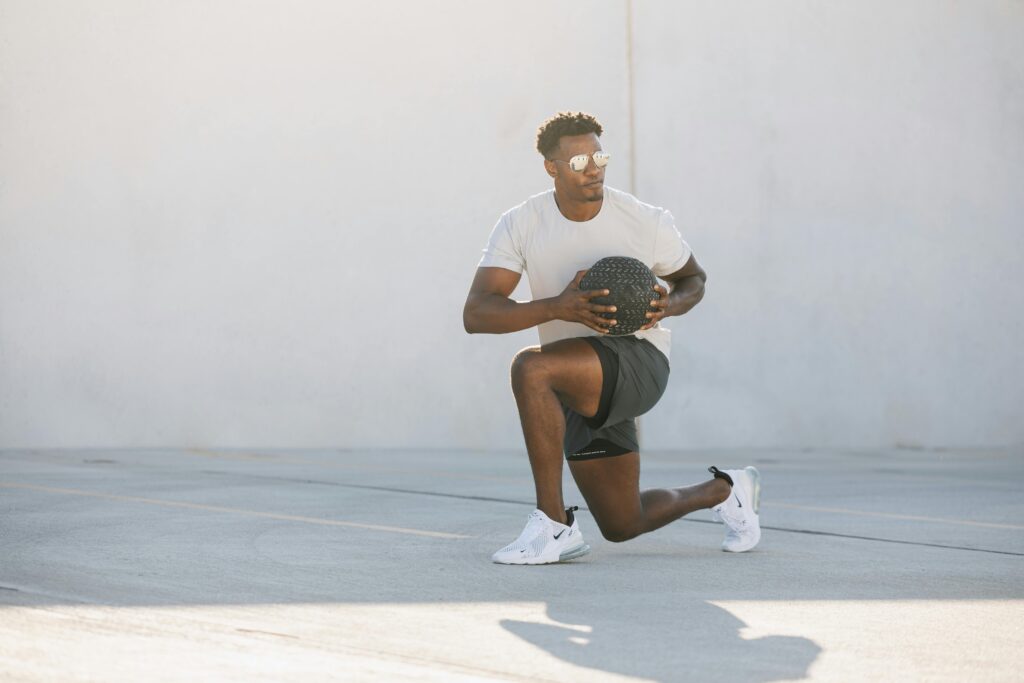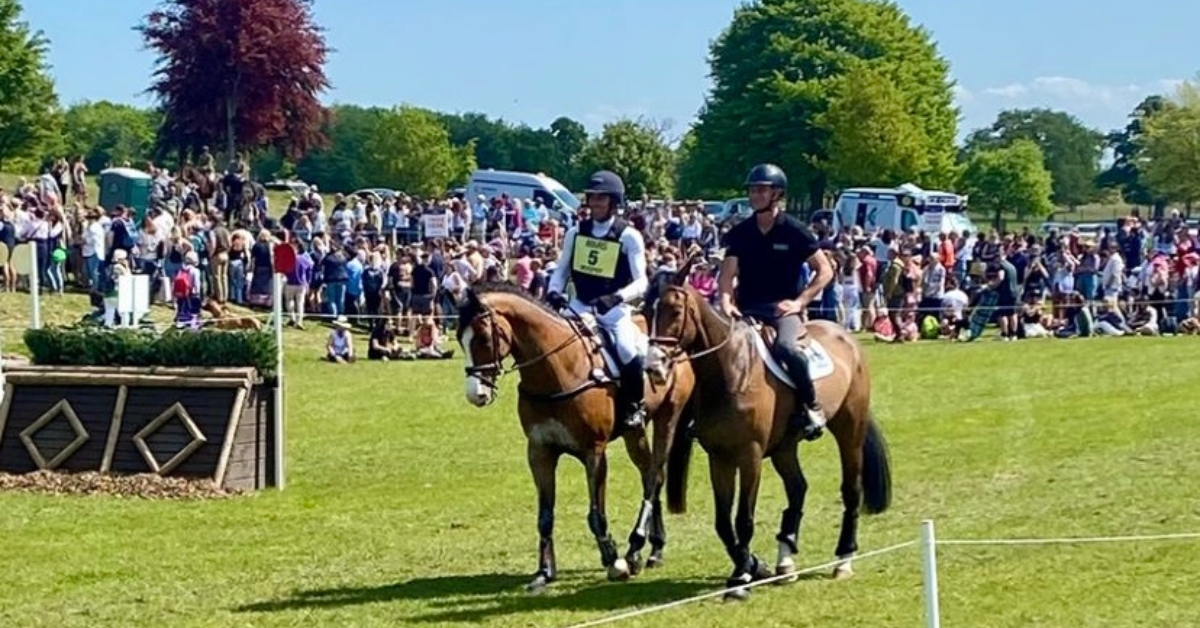If you’ve ever had a riding lesson—chances are, you’ve heard it.
“Engage your core!”
Simple advice, but often easier said than done.
It’s one of those phrases that gets thrown around so often in the horse world, we nod along without really questioning it. But what does it actually mean to engage your core? More importantly—are you sure you’re doing it properly?
Let’s break it down.
First things first: when we say “core,” we’re not just talking about your six-pack.
Your core is a group of muscles that work together to support your spine, stabilise your pelvis, and help control your movement—on and off the horse.
These include:
It’s a whole system, not a single muscle. That means engaging your core isn’t just about clenching your stomach—it’s about coordinating your body to stay stable while still being able to move.

Credit istock
One of the biggest misconceptions is that engaging your core means sucking in your stomach. That’s not only ineffective—it can actually make things worse.
Sucking in pulls your belly button toward your spine. It creates tension, yes—but it’s a surface-level engagement. You’ll often find it harder to breathe, and over time, it can mess with your posture and weaken your pelvic floor.
Bracing, on the other hand, is like preparing to be lightly punched in the stomach. You’re engaging deeper, stabilising muscles—without restricting your breath or making yourself rigid.
If you place your hands on your sides and cough, that firm feeling you get through your midsection? That’s bracing.
That’s what we want in the saddle.
So now you know what the core really is, and how to use it—but let’s talk about why.
A stable, functional core improves:
But here’s the bit riders sometimes overlook:
When your core is working properly, your body moves with the horse, not against them.
When it’s not? You start to grip, bounce, lean, or stiffen—and all of that interferes with your horse’s movement.
A rider with good core control is easier for the horse to carry.
They feel lighter, clearer, and more in sync.
And if you’re like most riders—you probably care more about your horse’s comfort than your own.
So even if you’re not sold on doing planks for yourself, maybe do it for them.
A quick but important note: engaging your core doesn’t mean becoming stiff or locked in place.
Riding with a braced, functional core allows you to stay soft, mobile, and responsive—because you’re stable, not tense. If you’re too rigid, your horse will feel it. They’ll either stiffen in return or struggle to move through their back.
Your goal is to support your position without freezing your movement.
That takes practice. Which leads us to…
These exercises focus on functional core strength—the kind that translates directly to the saddle.

Training your core isn’t about aesthetics, or even about being “fit” in a generic sense.
It’s about riding in a way that supports your body and your horse’s. It’s about clarity, control, and care.
When your core works well, everything else becomes easier. You’ll feel more balanced, more confident, and more connected in the saddle. And your horse? They’ll thank you for it in the way they move.
It doesn’t take hours in the gym. Just consistency, intention, and a bit of know-how.
Want to learn more about rider fitness, strength, and how to support your horse better in the saddle?
Follow me on Instagram @stronginthesaddle_
or visit www.chrissyhawkins.com


Share
Your subscription is 100% Free for our first year, No credit card details required.

The Judging Concerns That Keep Coming Back — And Why They Can’t Be Ignored Anymore We didn’t make it to

There are few sporting events that live up to the hype. Wimbledon? Too many strawberries. Cheltenham? Too many suits. But

British Veterinary Association publishes full response to Competition and Markets Authority’s proposed remedies for veterinary market for household pets. The